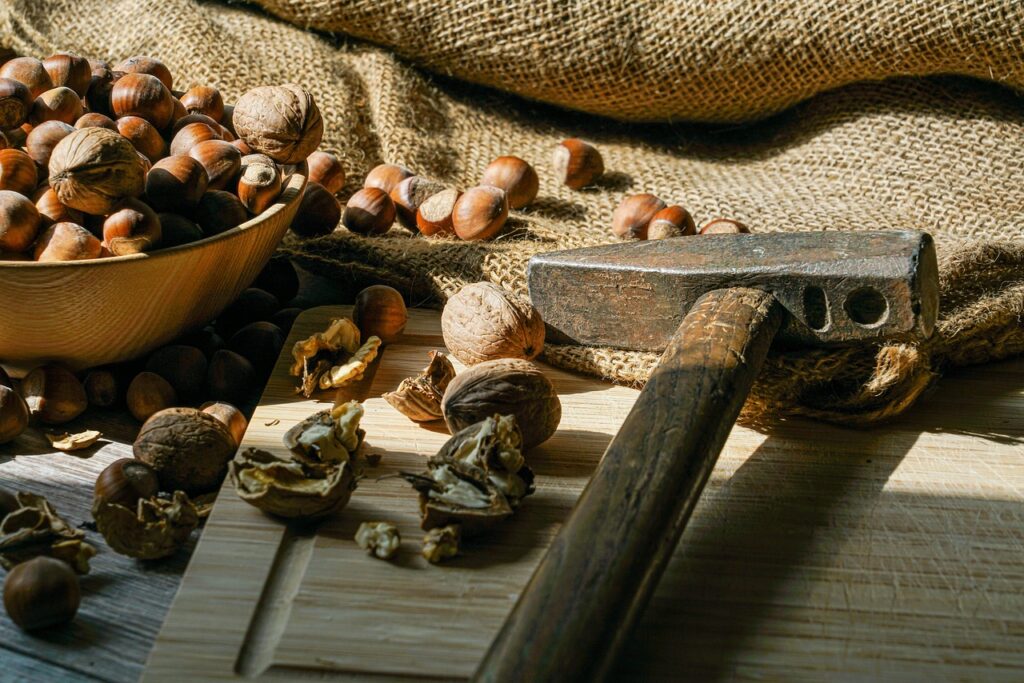In a world of complicated diet plans and elaborate meal prep, a refreshingly simple trend has taken TikTok by storm: “Dinosaur Time” – the practice of eating handfuls of raw leafy greens straight from the container. While nutritionists might raise an eyebrow at the method, they can’t argue with the results: people are actually eating their greens!
The Nutrition Gap We’re Facing
Let’s face it – Americans have a vegetable problem. Despite all we know about their incredible health benefits, only about 10% of us actually meet the recommended daily intake of 2-4 cups of vegetables. Leafy greens, in particular, often get neglected, which is unfortunate considering they’re among the most nutritionally dense foods on the planet.
Why the resistance? For many, it comes down to preparation time, cleanup, and frankly, taste preferences. Not everyone grew up loving kale, and transforming a bunch of spinach into something delicious requires time and culinary skills that many busy people simply don’t have in their daily routine.
Enter “Dinosaur Time”
The solution that’s caught fire on social media? Channeling your inner prehistoric herbivore by grabbing giant handfuls of leafy greens and chomping them down in their natural state. No fancy dressing. No elaborate preparation. Just you, a bag of greens, and your commitment to health.
As one TikTok user enthusiastically put it: “Two minutes of weirdness for a whole day of nutrients!”
Is it elegant? Not particularly. Is it effective? Absolutely.
The Science Behind the Silliness
While the delivery method might be unconventional, the health science behind consuming more leafy greens is rock solid. Regular consumption of foods like kale, spinach, arugula, and collard greens has been linked to:
- Reduced risk of heart disease
- Lower incidence of certain types of cancer
- Slowed age-related cognitive decline
- Improved bone density and strength
- Better digestive health
These powerhouse plants deliver an impressive array of nutrients, including fiber, vitamins C and K, calcium, iron, and various antioxidants that help fight inflammation.
Making “Dinosaur Time” Work for You
If you’re intrigued by this trend but not quite ready to munch straight from the bag in public, here are some ways to incorporate the spirit of “Dinosaur Time” into your routine:
- Morning Green-Up: Keep a container of washed greens in your fridge and grab a handful while waiting for your coffee to brew.
- Prep-Day Power Move: On grocery day, wash and portion greens into grab-and-go containers that make it easy to snack throughout the week.
- The Green Appetizer: Before dinner, when hunger is high and willpower is low, have your “Dinosaur Time” moment to edge in extra nutrients.
- Smoothie Booster: Not ready for the full dinosaur experience? Throw those handfuls into a blender with fruit and your preferred liquid for a nutrient-dense drink.
Beyond the Trend
What makes “Dinosaur Time” so fascinating isn’t just its simplicity but what it represents: a rejection of the idea that healthy eating must be complicated, time-consuming, or Pinterest-worthy. It acknowledges a fundamental truth – sometimes the healthiest choice is also the simplest one.
Nutritionists have long advocated for making healthy options the easiest choice, and what could be easier than reaching into a bag and eating what nature provided, minimal processing required?
So the next time you’re tempted to skip your greens because you don’t have time to whip up an Instagram-worthy salad, remember: it’s perfectly acceptable to have a “Dinosaur Time” moment. Your body will thank you for the nutrients, even if your dining companions might raise an eyebrow at your prehistoric eating habits.
After all, if dinosaurs had survived on these greens for millions of years, maybe they were onto something!
Disclaimer: While “Dinosaur Time” is great for increasing green vegetable consumption, remember that washing your produce thoroughly is always recommended, even for pre-washed greens. And if you have specific health conditions that require limiting certain greens (like those on blood thinners), consult your healthcare provider before significantly increasing your intake.







